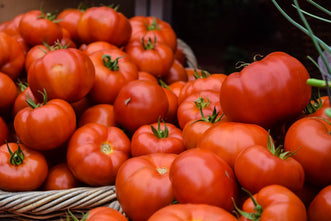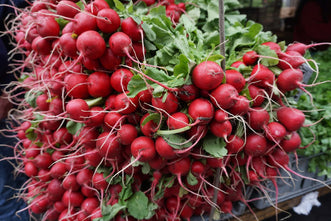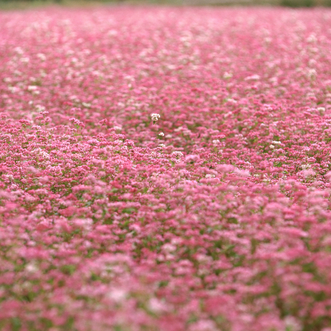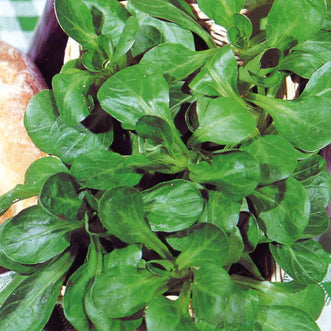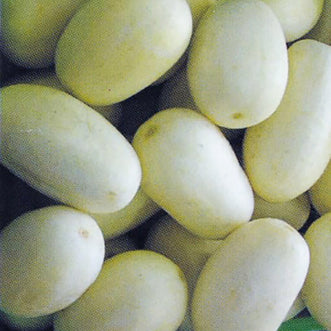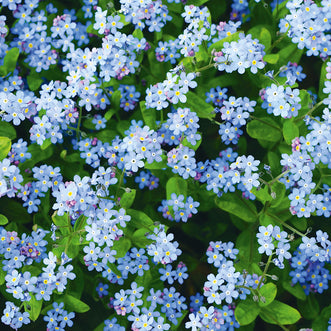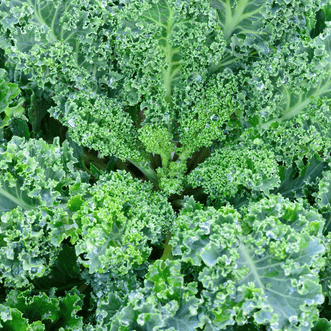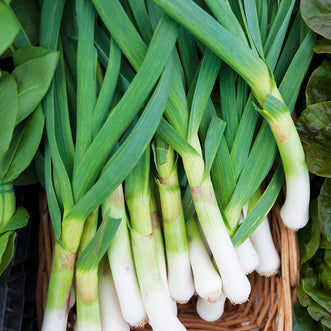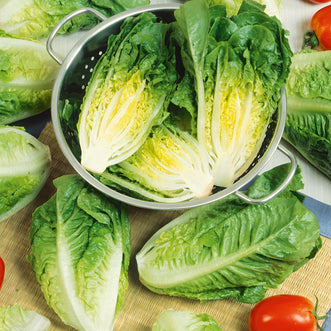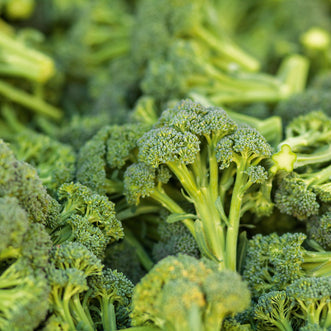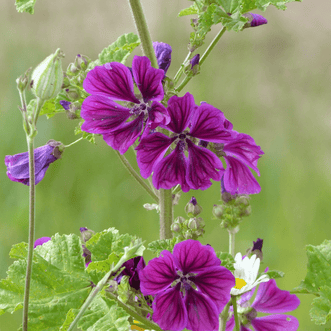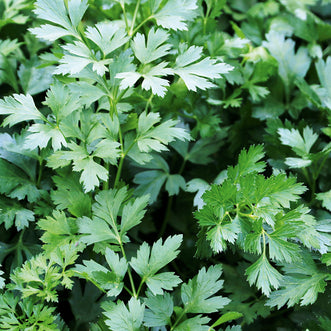Kohlrabi -Brassica Oleracea Gongylodes

Kohlrabi is certainly a VERY interesting looking vegetable, especially the first time you grow it! I thought that this week I would share a bit of info about kohlrabi and perhaps offer some answers to the question most often asked by first-time growers when admiring the first kohlrabi they have harvested from their garden - "now what do I do with it?!".
I must admit that I was a bit unsure what to do with my first kohlrabi. After doing a bit of research for this blog post, however, I am all inspired by some new recipes to try out ...
...but I'll get to those a little later ... first, a little bit of background info about kohlrabi....
Kohlrabi takes its name from the German words for cabbage (Kohl) and turnip (Rabi), because the swollen stem of the kohlrabi looks like a turnip.
Kohlrabi is sometimes known as a turnip cabbage, or German turnip. It is one of the most commonly eaten vegetables in Kashmir, India, where it is known as monj.
The botanical name of kohlrabi is Brassica oleracea gongylodes. It is related to other brassicas such as cabbage, broccoli, cauliflower, Brussels sprouts, and kale. "Gongylodes" means that it has a thick basal part of the stem that is eaten as a vegetable.
Kohlrabi is very easy to grow and can be sown nearly all year round in New Zealand's temperate climate, except for the very coldest winter months. Kohlrabi seed is best sown when soil temperatures are between 8oC and 30oC. Sow seed directly, to a depth of approximately three times the diameter of the seed and space plants 25cm apart. Like other brassicas, kohlrabi are a favourite of white butterflies so protect your seedlings if there are still white butterflies lurking around. Kohlrabi grows best in light soil with cool outdoor temperatures. They will be ready after 55-70 days. Harvest them when they are about 7.50cm or smaller.
The taste and texture of kohlrabi is similar to broccoli stems or cabbage hearts but milder and sweeter. It can be eaten raw or cooked. Kohlrabi has a texture as crisp and juicy as an apple, although much less sweet. Small kohlrabi can be used unpeeled but you will need to peel the larger ones.
Kohlrabi can be green or purple, but the colouration of the purple type is skin deep - the edible part of both the purple and green kohlrabi are pale coloured. The leafy greens are also edible.
Nutritionally, kohlrabi is a great source of Vitamins B6, Vitamin C, potassium, magnesium and copper. It is also high in dietary fibre and folic acid.
So.... easy to grow... attractive and interesting in the garden.....how about some recipe ideas! Here are some recipes I found that look and sound just fantastic - having just become a fan of parsnip purée, I am definitely going to try the kohlrabi purée.
Kohlrabi Purée 4 kohlrabi bulbs with leaves 2 tablespoons olive oil 1 large onion, chopped 3 cloves minced garlic 100g mushrooms, quartered 3 tablespoons cream (or milk, or chicken stock, or water) salt and pepper Trim the kohlrabi bulbs, peeling them if necessary. Cut into 2.5cm cubes. Rinse and dry the leaves (discard any discoloured or tough leaves) and then coarsely chop them and set them aside. Bring a saucepan of lightly salted water to a boil and add the kohlrabi cubes. Reduce the heat and simmer until tender, about 15 minutes. Meanwhile, heat the olive oil in a pan. Add the onion and sauté over medium-low heat until softened (about 5 minutes). Add the garlic and cook but don't let it brown. Add the mushrooms and the reserved kohlrabi leaves to the pan. Cover and cook 5 minutes. Then uncover, and cook, stirring, until all the liquid has evaporated. Put aside. Drain the kohlrabi and put it in a blender or food processor. Add the mushroom mixture and the cream (or whatever liquid you are using) and purée until smooth. Add salt and pepper to taste. Reheat the purée in a saucepan over a low heat when ready to serve.
If you would like to try other kohlrabi purée recipes, you could try Kohlrabi and Celeriac Purée (click here) or Celeriac Kohlrabi and Apple Purée (click here).
Kohlrabi Chips
Another nice way to try Kohlrabi is to make Kohlrabi Chips. Simple slice kohlrabi thinly, brush with oil and bake in the oven until crispy. Season with simple salt and pepper or sprinkle with your favourite fries seasoning. Delicious!
Kohlrabi, Broccoli stem and Cabbage Coleslaw with Quinoa
3 1/2 cups mixed shredded kohlrabi, broccoli stems, and green cabbage. (Peel the broccoli stems and kohlrabi before shredding)
salt to taste
1/2 cup cooked quinoa
2 tablespoons chopped fresh dill
1/2 teaspoons nigella seeds (optional)
3 tablespoons fresh lemon juice
1 tablespoon seasoned rice vinegar
2 teaspoons Dijon mustard
2 tablespoons grapeseed or canola oil
1/4 cup plain low-fat yoghurt
Freshly ground pepper
1/2 cup low-fat cottage cheese (optional)
Toss the shredded vegetables with salt to taste and place in a strainer set over a bowl. Refrigerate and let sit for 45 minutes to an hour. Discard the water that accumulates in the bowl and squeeze the shredded vegetables to extract more water. Transfer to a bowl and toss with the quinoa, dill and nigella seeds.
In a small bowl or measuring cup, mix together the lemon juice, rice vinegar, salt, pepper, Dijon mustard, oil and yogurt. Toss with the shredded vegetables. Add the cottage cheese to the salad and toss, or serve with the cottage cheese spooned on top.
So....kohlrabi anyone??


